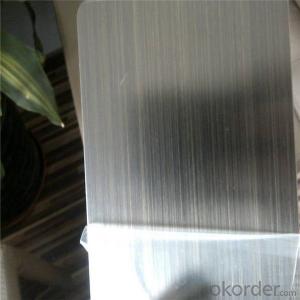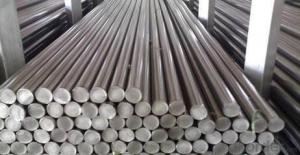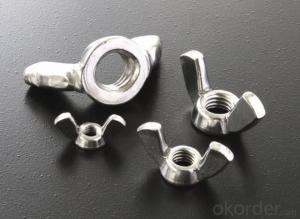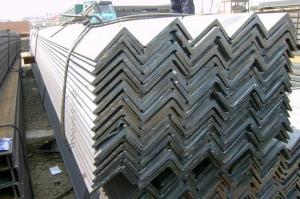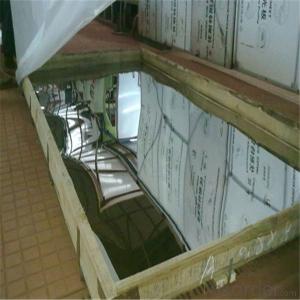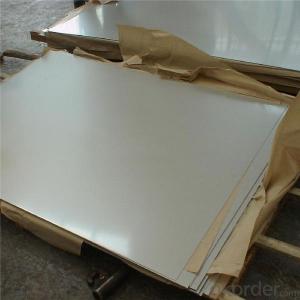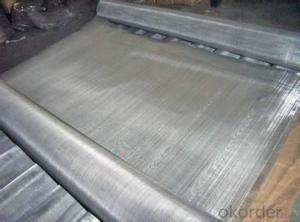304 Or 316 Stainless Steel
304 Or 316 Stainless Steel Related Searches
Best Paint For Stainless Steel Blanket Insulation For Steel Buildings Primer For Galvanized Steel Foam Filter For Stainless Steel H S Code For Stainless Steel Surface Grinding Wheels For Stainless Steel Surface Grinding Wheels For Hardened Steel Hole Saw For Stainless Steel Paint For Stainless Steel Stainless Steel For BbqHot Searches
Steel Mesh Panels For Sale Price For Stainless Steel Scrap Scrap Price For Stainless Steel Price For Stainless Steel Stainless Steel Tank For Sale Stainless Steel Sheets For Sale Cheap High Tea Sets For Sale Stainless Steel Tanks For Sale Stainless Steel For Sale High Density Fiberboard For Sale Solar Hot Water Collectors For Sale Scaffolding For Sale In Uae Scaffolding For Sale In Ireland Scaffolding For Sale In Houston Type Of Inverter For Solar Price Of Shipping Containers For Sale Types Of Inverter For Solar Stock Price For Aluminum Used Solar Inverter For Sale Steel Mesh Panels For Sale304 Or 316 Stainless Steel Supplier & Manufacturer from China
Okorder.com is a professional 304 Or 316 Stainless Steel supplier & manufacturer, offers integrated one-stop services including real-time quoting and online cargo tracking. We are funded by CNBM Group, a Fortune 500 enterprise and the largest 304 Or 316 Stainless Steel firm in China.Hot Products
FAQ
- What are the weld sleeves for stainless steel pipes?
- Stainless steel pipe is a kind of hollow long strip round steel, mainly used in petroleum, chemical, medical, food, light industry, machinery, instrument and other industrial pipeline and mechanical structure parts. In addition, the bending and torsional strength of the same weight is lighter, so it is also widely used in the manufacture of mechanical parts and engineering structures. It is also used to produce all kinds of conventional weapons, guns, shells and so on.
- To prevent condensation in stainless steel pipes, it is important to insulate the pipes properly. This can be done by using insulation materials specifically designed for pipes, such as foam or fiberglass insulation. Additionally, ensuring that the pipes are properly sealed and free from any leaks will also help minimize condensation. Proper ventilation in the area around the pipes can also help reduce moisture buildup and prevent condensation from occurring.
- Yes, stainless steel pipes can be insulated for soundproofing. Insulating stainless steel pipes can help reduce the transmission of noise and vibrations through the pipes. There are various methods and materials that can be used to insulate the pipes, such as acoustic wraps, foam insulation, or mass-loaded vinyl. These materials are designed to absorb or block sound waves, preventing them from traveling along the pipes and into the surrounding environment. Properly insulating stainless steel pipes can significantly improve soundproofing in residential, commercial, or industrial settings, making them an effective solution for noise reduction.
- 304 stainless steel has several advantages, a few big advantages, the more concrete the better
- 304 stainless steel is a universal stainless steel material, antirust performance than the 200 series of stainless steel material stronger. High temperature resistance is also good, the general use of temperature limit is less than 650 degrees centigrade.
- Indeed, stainless steel pipes can indeed be recycled. As a remarkably sustainable material, stainless steel possesses the ability to be recycled endlessly without compromising its characteristics. Consequently, stainless steel pipes can be melted and reconfigured into fresh stainless steel goods, rendering them a prized asset within the recycling sector. The recycling procedure for stainless steel pipes encompasses the collection and categorization of the pipes, their subsequent melting in a furnace, and finally their transformation into novel products. The act of recycling stainless steel pipes not only safeguards our natural resources but also diminishes energy consumption and greenhouse gas emissions linked to the manufacturing of new stainless steel.
- Stainless steel pipes and PVC-U pipes are two commonly used materials for various piping applications, and they have their own unique characteristics and advantages. Firstly, stainless steel pipes are known for their exceptional durability and strength. They are highly resistant to corrosion, rust, and other chemical reactions, making them ideal for applications where the pipes come into contact with aggressive substances or are exposed to harsh environments. Stainless steel pipes can withstand high temperatures and pressures, making them suitable for demanding industrial applications. On the other hand, PVC-U (polyvinyl chloride unplasticized) pipes are lightweight and easy to install. They are cost-effective and have good chemical resistance, especially against most acids, alkalis, and salts. PVC-U pipes are commonly used in plumbing, irrigation, and drainage systems due to their excellent flow characteristics and low maintenance requirements. In terms of versatility, stainless steel pipes can be used for a wide range of applications, including water supply, gas distribution, oil and gas pipelines, and sewage systems. They are often preferred in industrial settings where reliability and longevity are crucial. PVC-U pipes, on the other hand, are more commonly used in residential and commercial settings where cost-efficiency and ease of installation are important factors. It is worth noting that stainless steel pipes are typically more expensive than PVC-U pipes, both in terms of material cost and installation. However, given their longer lifespan and superior resistance to corrosion and chemical reactions, they often prove to be a more cost-effective option in the long run. Ultimately, the choice between stainless steel pipes and PVC-U pipes depends on the specific requirements of the application. Factors such as cost, durability, resistance to corrosion, ease of installation, and maintenance should all be taken into consideration when comparing these two materials for a particular piping project.
- When it comes to stainless steel pipes, there are various end connections available to meet specific application and requirements. These include: 1. Threaded Ends: Stainless steel pipes can be equipped with threaded ends, allowing for easy connection to fittings or other pipes. This type of end connection is commonly utilized in plumbing and industrial settings. 2. Socket Weld Ends: Another option for end connections is socket weld ends. This involves inserting the pipe into a socket in a fitting and welding it in place. This type of connection ensures a strong and leak-proof joint, making it suitable for high-pressure and high-temperature applications. 3. Butt Weld Ends: For larger diameter pipes, butt weld ends are commonly employed. This method involves welding the ends of two stainless steel pipes together, providing a robust and durable joint. Industries such as oil and gas, chemical processing, and power generation typically utilize this type of connection. 4. Flanged Ends: Flanged ends are used when connecting stainless steel pipes to equipment or components using flanges. Flanges are flat, circular discs with raised edges that allow for the pipe to be bolted to the flange. This connection method is commonly seen in industries like petrochemical, water treatment, and HVAC. 5. Grooved Ends: Grooved ends involve cutting grooves into the ends of stainless steel pipes and utilizing grooved couplings to connect them. This type of connection is quick and easy to install, making it popular in applications such as fire protection systems and plumbing. It's important to consider factors like pipe size, pressure rating, temperature requirements, and the specific application when choosing an end connection. Seeking advice from professionals or referring to industry standards and guidelines can help determine the most suitable end connection for a given stainless steel pipe.



















